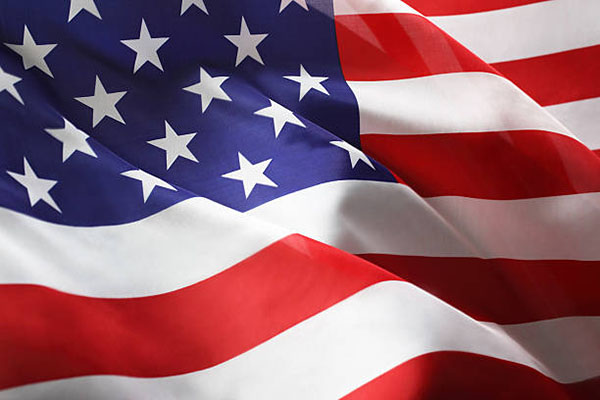Labor Day represent the culmination of efforts by the labor movement to establish a day in recognition of the comprehensive and vital achievements of American workers.
A yearly national tribute, Labor Day celebrates the internal strength, prosperity, stability, and well-being that American workers have brought to this nation. A permanent fixture of late summer, the holiday conjures pastoral images of father and son baseball and the wafting scent and sizzle of backyard barbecues across the country. But how it got that way is a bit of a mystery.
According to the Department of Labor’s website, recent records indicate that in 1882 Matthew Maguire, a machinist and secretary of the Central Labor Union in New York, first proposed the holiday. But this claim is not without contention as Peter J. McGuire, general secretary of the Brotherhood of Carpenters and Joiners and co-founder of the American Federation of Labor, is also sometimes credited with first suggesting a day to honor those “who from rude nature have delved and carved all the grandeur we behold.”
Workingman’s Holiday
Either way, the Central Labor Union adopted someone’s proposal for a celebratory workingman’s day and appointed a committee to plan both picnic and demonstration. Propelled by the might of the Central Labor Union, the idea of a “workingman’s holiday” was quickly embraced in many centers of industry across the country, and in 1884 it was first observed on the date that would become its permanent seat across history: the first Monday in September. By 1893 more than half of the states had passed ordinances in observation of the day, and Congress finally decreed Labor Day an official holiday a year later.
President Grover Cleveland signed the bill into law, and a proper observance of the holiday was set to include a street parade followed by a festival or recreational gathering for workers and their families. These original rules were more or less stuck to for years and are even still are loosely used as a basis for many modern Labor Day celebrations, which now include speeches by leading union officials, industrialists, educators, clerics, and government officials.
Labor Day Statistics
The labor force in this country is almost unfathomably huge. According to a report by the U.S. Census Bureau on-line 154.5 million people 16 and older topped out the nation’s labor force as of May 2007. Broken down, that is 82.6 million men and 71.9 million women, with (2005) annual earnings for male and female full-time, year-round workers at $41,386 and $31,858, respectively. In addition, there are some other noteworthy facts as well:
- 82 percent of full-time workers 18 to 64 were cover by health insurance during all or part of 2005
- 77 percent of workers in private industry received paid vacation.
- 76 percent of workers received paid holidays.
- 71 percent have access to medical care, 46 percent to dental care, 29 percent to vision care, and 64 percent to outpatient prescription drug coverage.
National Workforce Numbers
But who is the workforce, really? What is it exactly that workers do in this country? Well, the Census Bureau attempts to answer that questions with some stats. What follows may not be a comprehensive list but an interesting one nonetheless.
- 6.8 million teachers
- 784, 000 farmers and ranchers
- 767, 000 hairdressers, stylists, and cosmetologists
- 313, 000 chefs and head cooks
- 282, 000 taxi drivers and chauffeurs
- 253, 000 firefighters
- 245, 000 pharmacists
- 242, 000 roofers
- 203, 000 musicians and related workers
- 106, 000 gambling service workers
- 98, 000 tax perparers
- 96, 000 service station attendants
Moreover, 7.6 million workers worked more than one job, which is about 5 percent of the working population, and 28 percent of workers 16 and older worked more than 40 hours per week Only eight percent worked 60 or more hours per week.
Additionally, there are an estimated 10.3 million independent contractors out there and 10.6 million self-employed workers, while 4.8 million people work at home. About four times that number leave their homes for the long commute to work between the dark and still hours of midnight and 5:59 a.m., a group which represents about 12 percent of all workers.
And what would a Labor Day article be without a stat about unions? This one also comes via the Census Bureau, which claims that there are approximately 15.4 million labor union members nationwide, with Hawaii and New York have among the highest member rates at 25 percent and 24 percent while South Carolina has one of the lowest at 2 percent.
Union or no, Labor Day is a holiday for everyone, and it celebrates, without prejudice, all of the vast and vital achievements of each and every American worker. An everyman’s holiday, it gives us all pause to reflect on the internal strength, prosperity, stability, and well-being that American workers have brought to this nation








